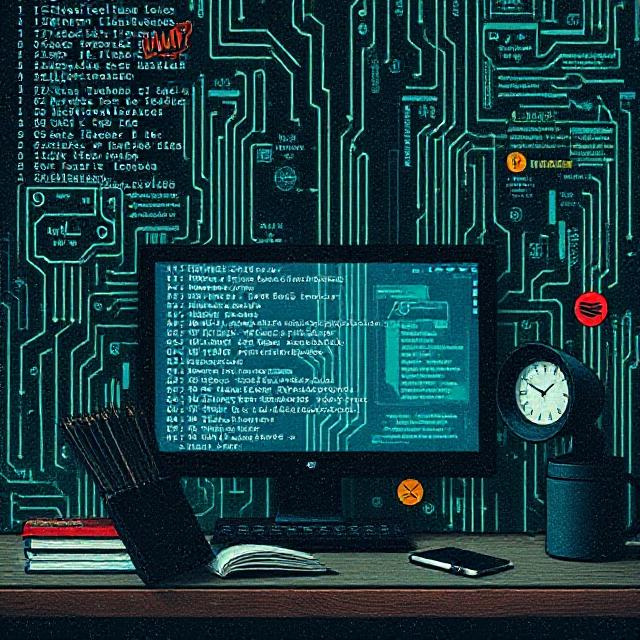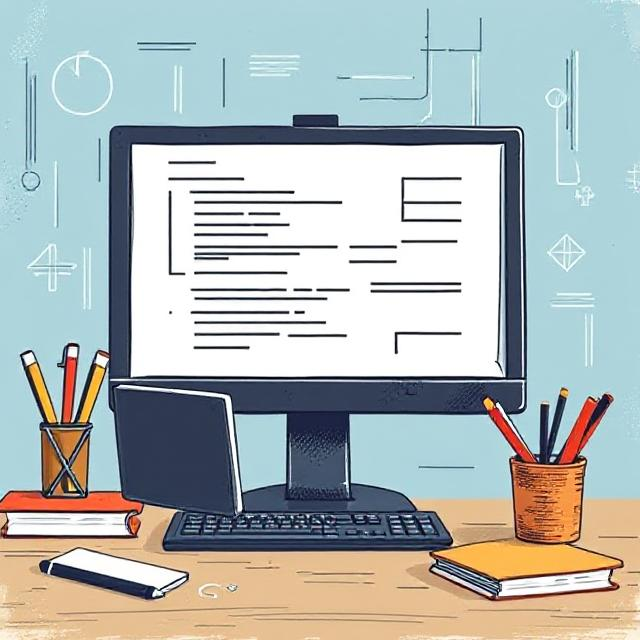In today’s fast-paced and high-pressure Academic Success environment, students often struggle with stress, anxiety, and distractions. Mindfulness, a practice rooted in being present and fully engaged in the moment, has emerged as a powerful tool to enhance academic performance. By incorporating mindfulness techniques into daily study routines, students can improve focus, reduce stress, and achieve greater success in their education.
What is Mindfulness?
Mindfulness is the practice of paying full attention to the present moment without judgment. It involves awareness of thoughts, emotions, and surroundings while maintaining a sense of calm and clarity. Originally derived from meditation and Buddhist traditions, mindfulness has gained recognition in psychology and education for its benefits in reducing stress and improving concentration.

How Mindfulness Supports Academic Success
Mindfulness impacts various aspects of student life, including mental health, cognitive abilities, and emotional resilience. Here are some key benefits:
1. Enhances Concentration and Focus
One of the biggest challenges students face is maintaining focus while studying. Mindfulness helps train the brain to stay present and resist distractions, leading to improved concentration.
How to Apply:
- Practice mindful breathing before starting a study session.
- Use techniques like the “Five Senses Exercise” to ground yourself.
- Set a timer for focused study periods and avoid multitasking.
2. Reduces Academic Stress and Anxiety
Exams, assignments, and deadlines often contribute to stress and anxiety among students. Mindfulness helps regulate emotions, promoting a sense of calm and balance.
How to Apply:
- Engage in guided mindfulness meditation for a few minutes daily.
- Use deep breathing exercises to relax before exams.
- Practice gratitude journaling to shift focus from stress to positivity.
3. Improves Memory and Cognitive Function
Scientific studies suggest that mindfulness strengthens neural connections and enhances cognitive flexibility, leading to better memory retention and problem-solving skills.
How to Apply:
- Incorporate mindfulness into reading and note-taking by fully engaging with the material.
- Take mindful breaks to refresh your brain.
- Avoid distractions by focusing on one task at a time.
4. Encourages Emotional Resilience
Academic setbacks, such as poor grades or difficult subjects, can lead to frustration. Mindfulness fosters self-compassion and emotional resilience, helping students bounce back from failures.
How to Apply:
- Practice self-affirmation and positive self-talk.
- Accept challenges as opportunities for growth rather than failures.
- Use mindfulness to process emotions without overreacting.
5. Enhances Time Management and Productivity
Mindfulness promotes intentionality, helping students manage their time effectively and avoid procrastination.
How to Apply:
- Start each day with a mindful review of tasks and priorities.
- Avoid mindless scrolling on social media by staying aware of time usage.
- Use mindfulness techniques like the Pomodoro method for better time management.
Practical Mindfulness Techniques for Students
Incorporating mindfulness into daily academic routines doesn’t have to be time-consuming. Here are simple techniques to try:
1. Mindful Breathing
Focusing on the breath helps calm the mind and improve concentration.
- Take slow, deep breaths for a few minutes before studying.
- If distractions arise, gently bring focus back to your breath.
2. Body Scan Meditation
This practice involves paying attention to physical sensations in different parts of the body, helping release tension.
- Sit comfortably and close your eyes.
- Slowly bring awareness to your toes, feet, legs, and move upward.
- Acknowledge any tension and consciously relax those areas.
3. Gratitude Journaling
Expressing gratitude fosters a positive mindset, reducing academic stress.
- Write three things you are grateful for each day.
- Reflect on your progress instead of fixating on setbacks.
4. Mindful Eating
Proper nutrition plays a role in academic success, and mindful eating helps students develop healthier habits.
- Eat without distractions like TV or phone.
- Pay attention to textures, flavors, and how food makes you feel.
5. Guided Visualization
Visualization can help students prepare mentally for exams or presentations.
- Close your eyes and imagine yourself successfully completing a task.
- Focus on positive outcomes rather than fear or anxiety.

Implementing Mindfulness in Educational Settings
Schools and universities are increasingly recognizing the benefits of mindfulness. Many institutions are integrating mindfulness programs to help students manage stress and improve learning outcomes.
Ways to Incorporate Mindfulness in Education:
- Teachers can begin classes with short mindfulness exercises.
- Schools can offer mindfulness workshops or meditation sessions.
- Students can form mindfulness groups to practice together.
Conclusion
Mindfulness is a transformative tool that empowers students to navigate academic challenges with greater focus, resilience, and emotional balance. By integrating mindfulness practices into daily study routines, students can enhance concentration, reduce stress, and improve overall academic performance. Whether through mindful breathing, meditation, or gratitude journaling, small changes can make a big difference. Start practicing mindfulness today and unlock your full academic potential!


























